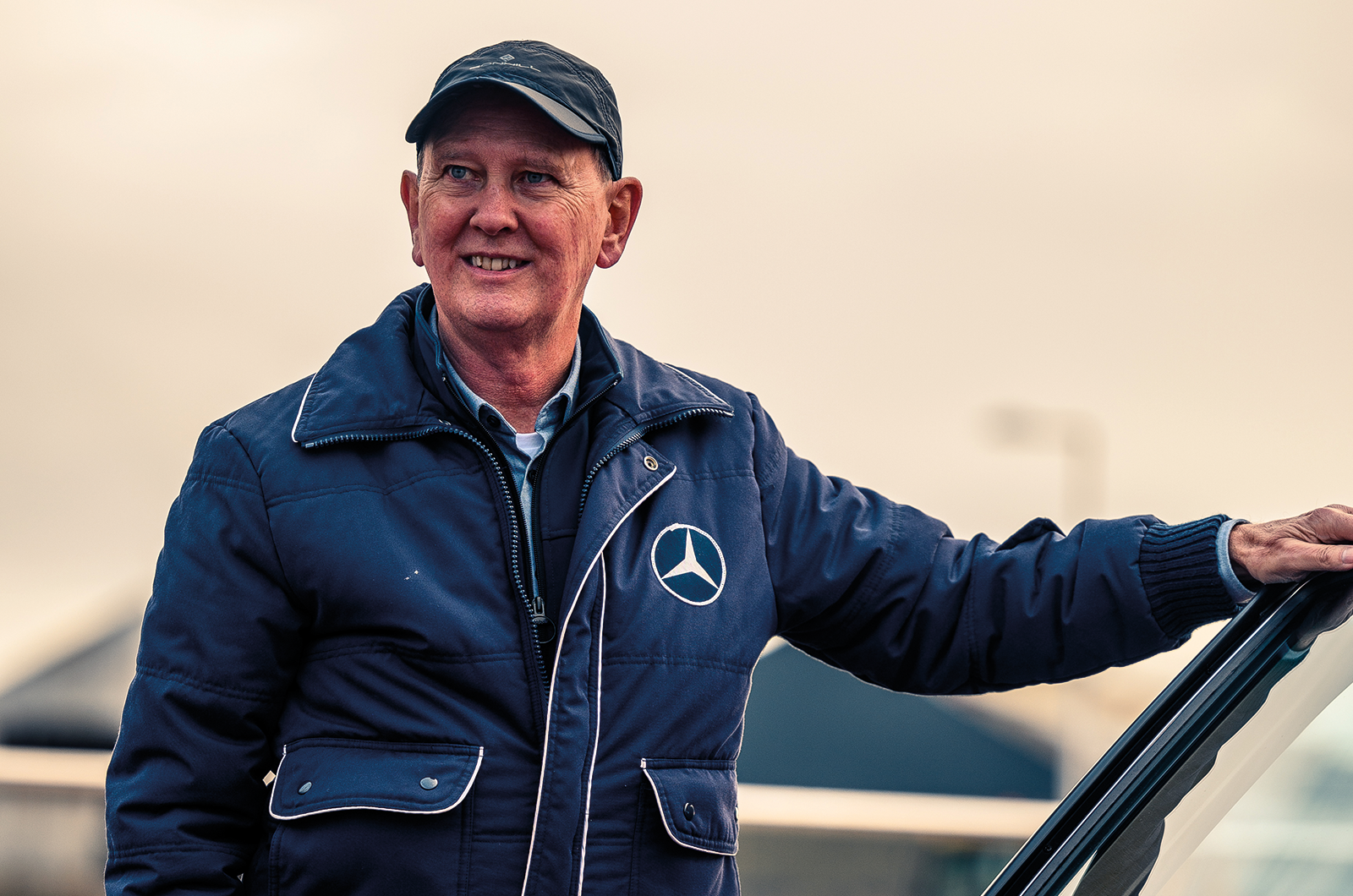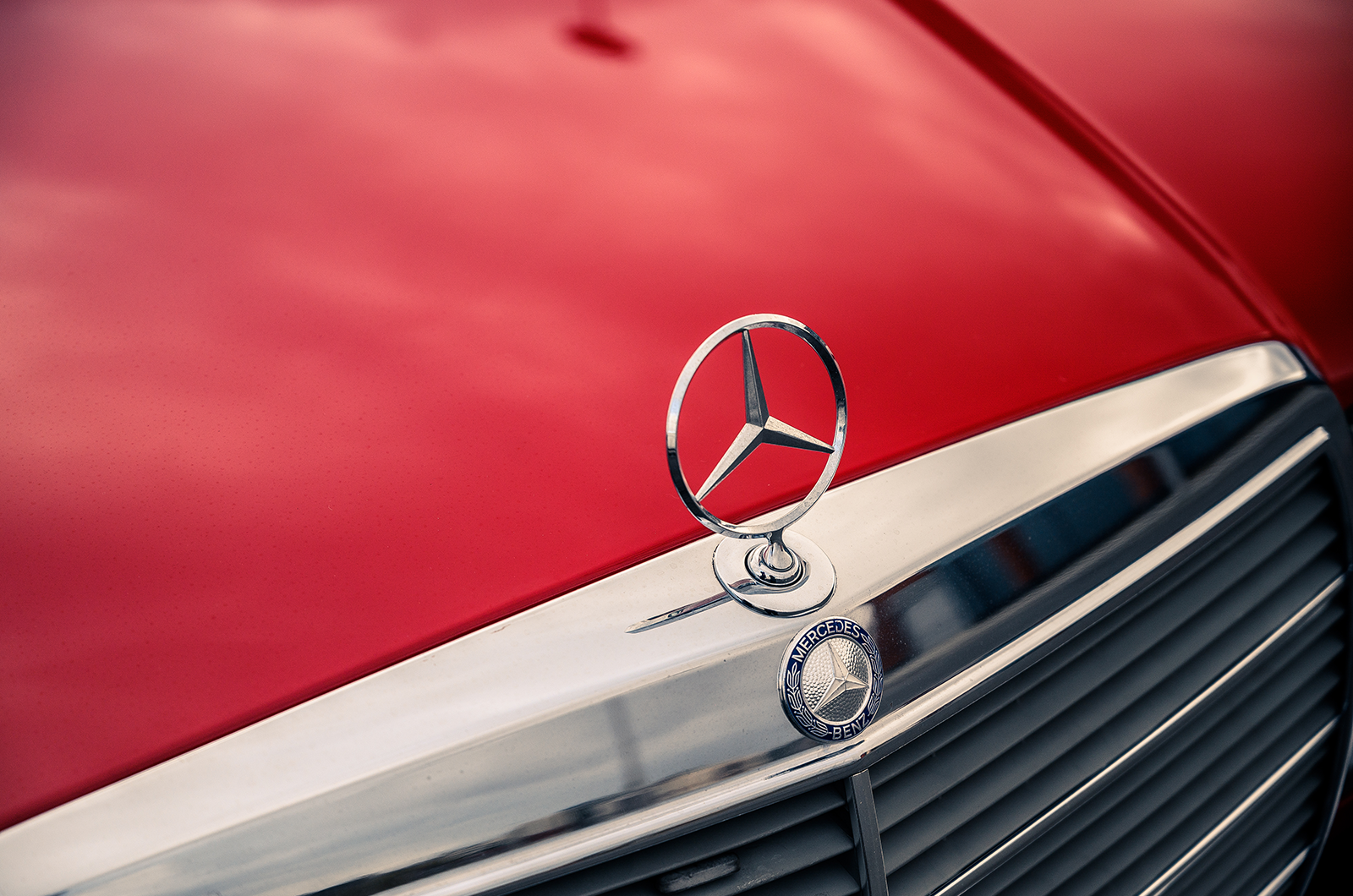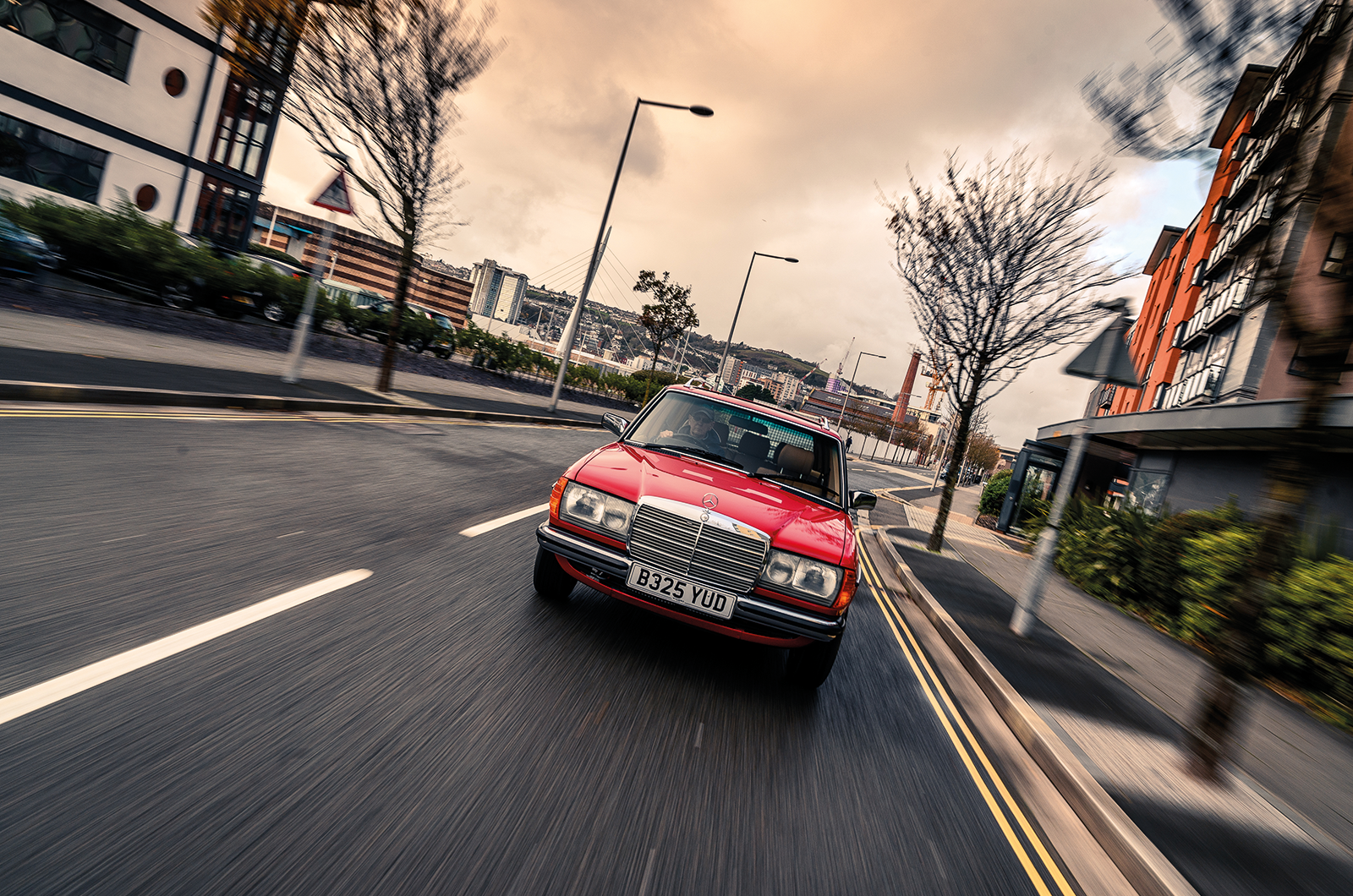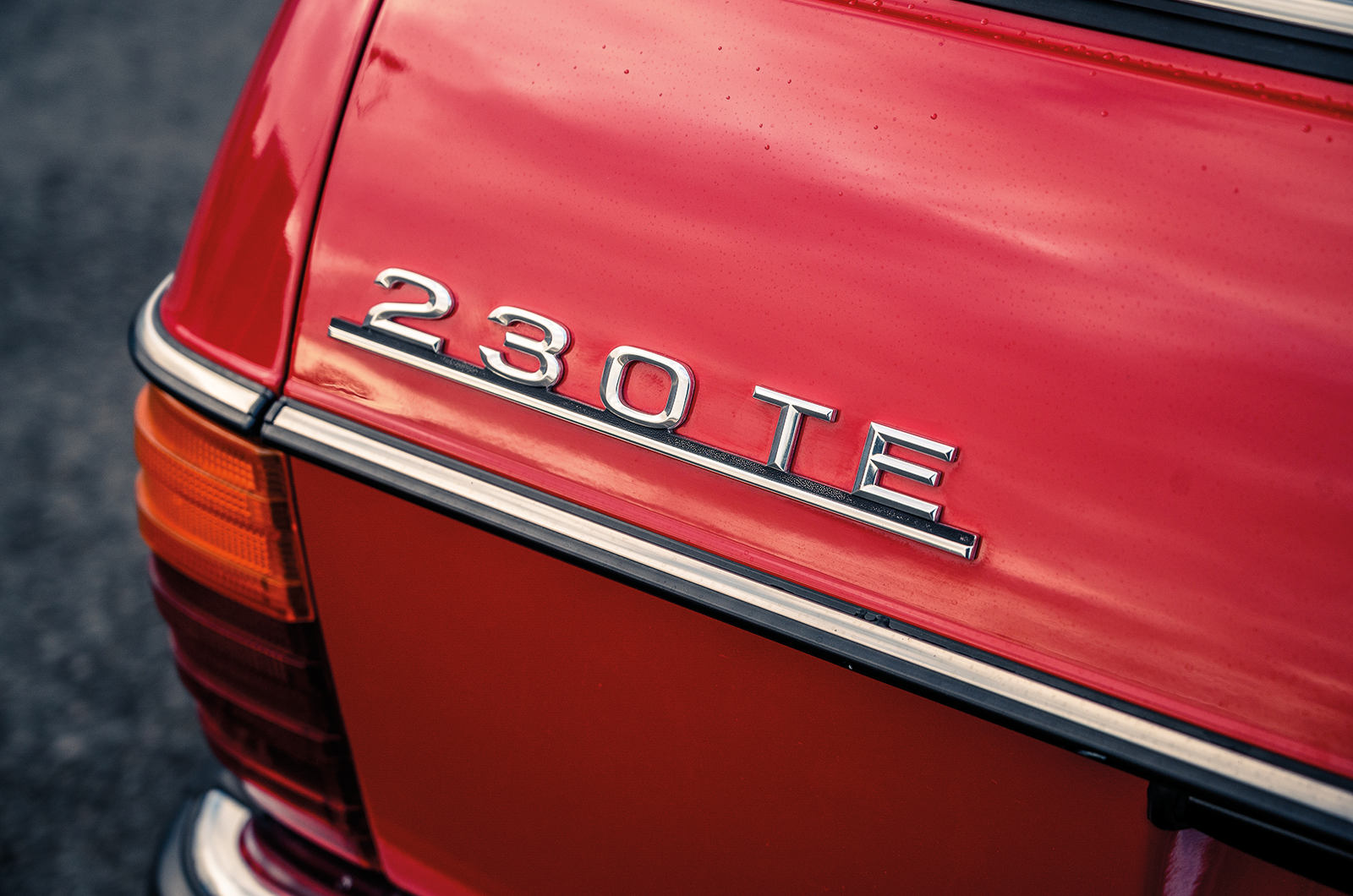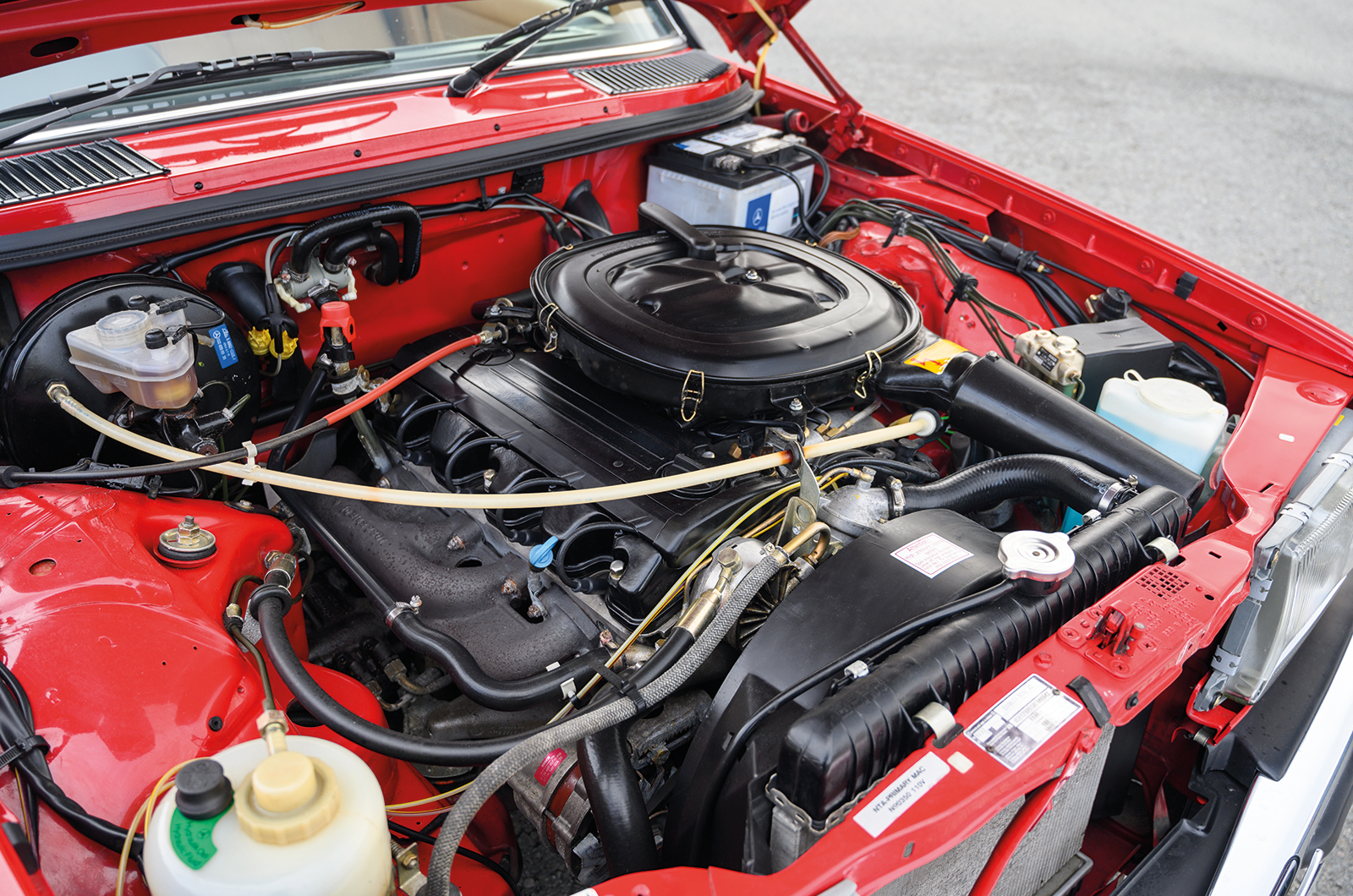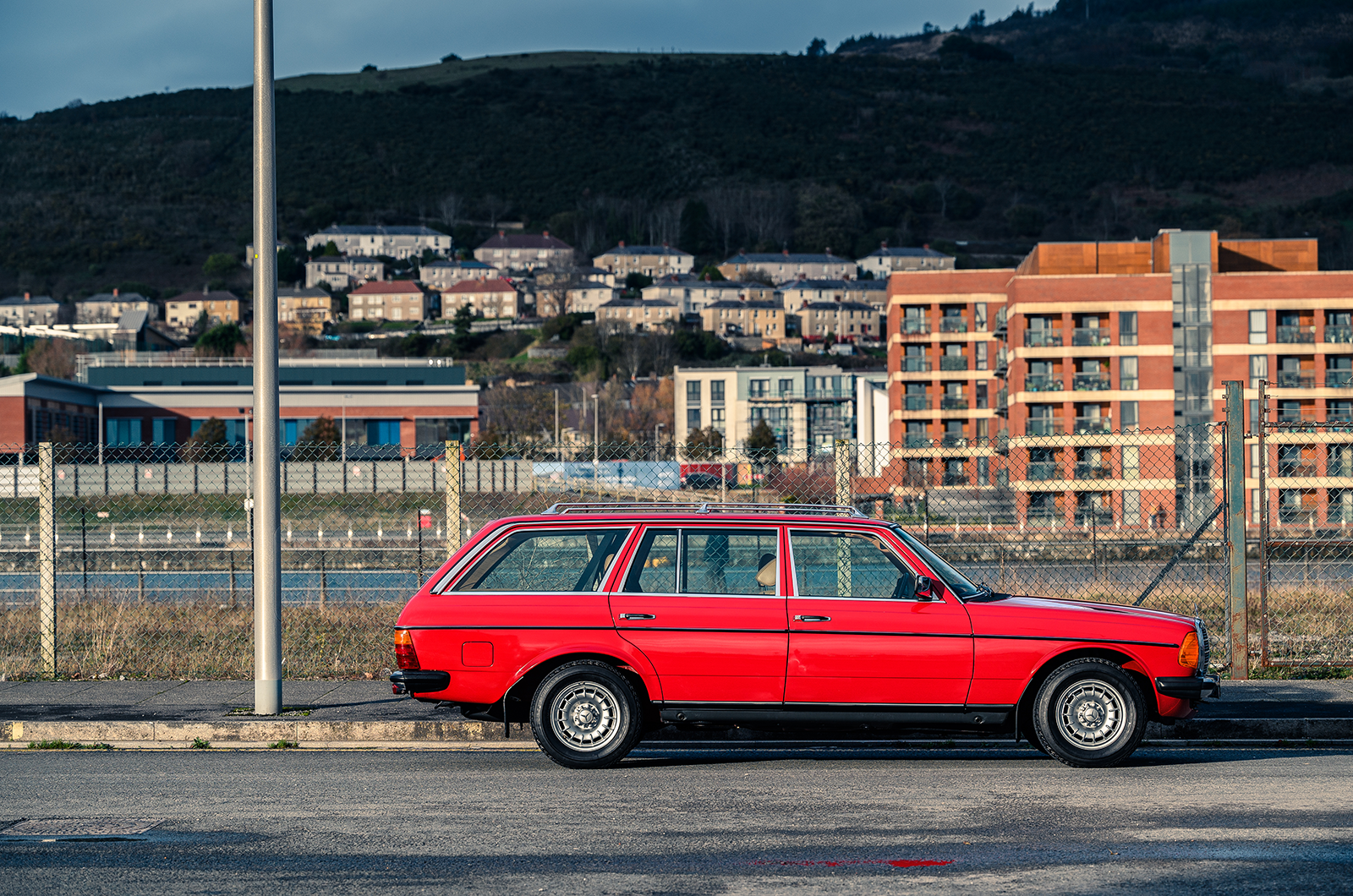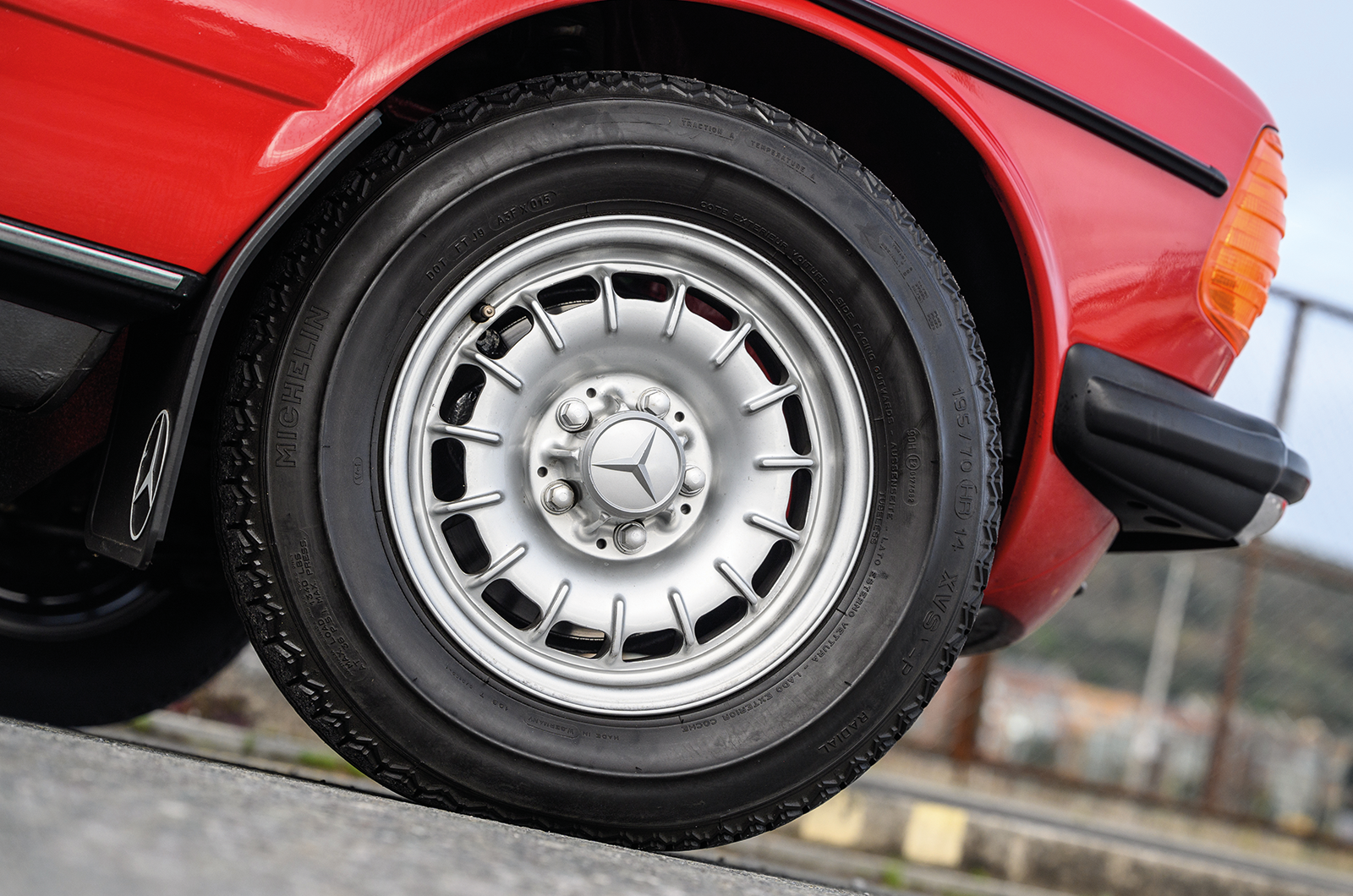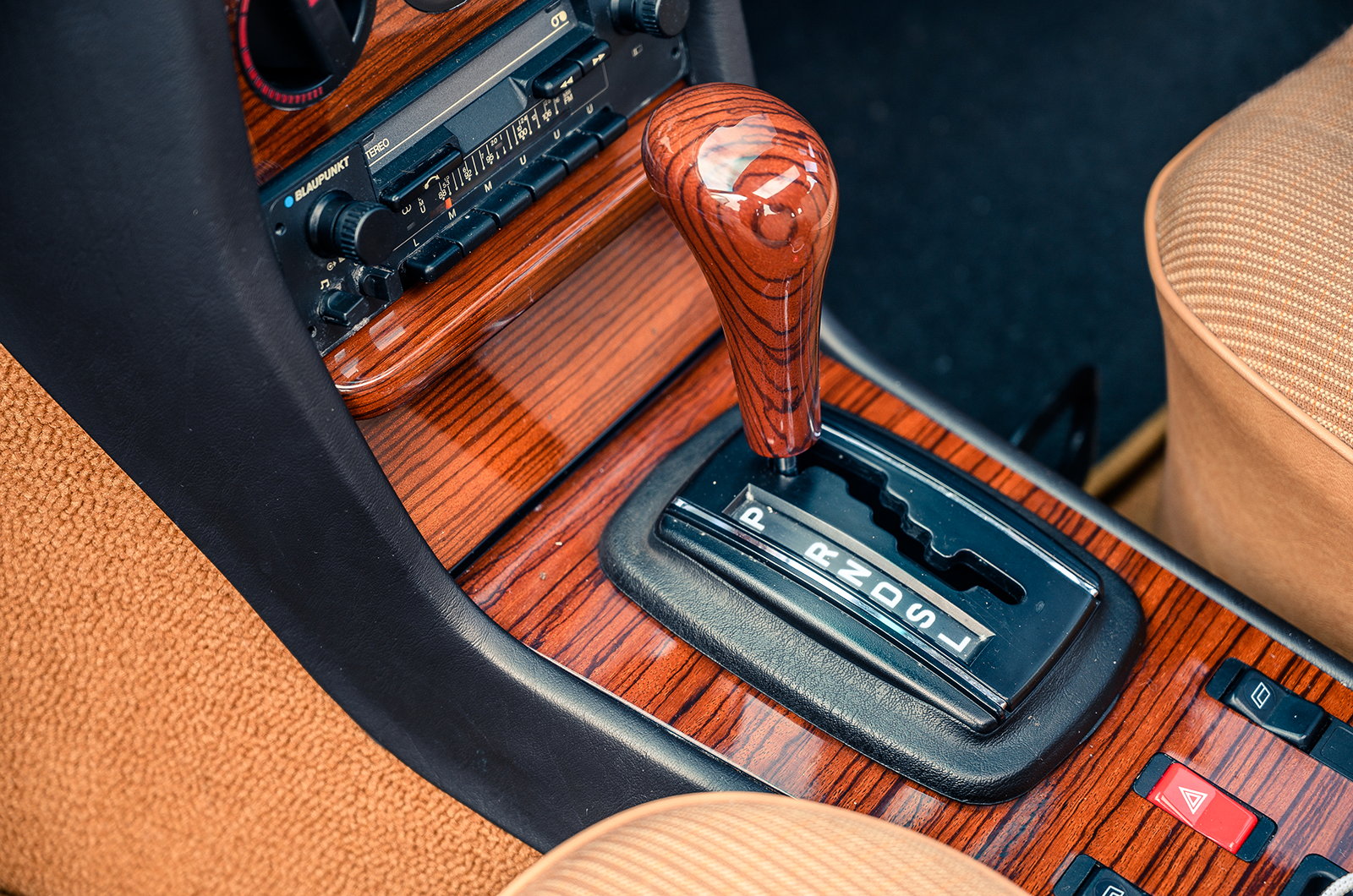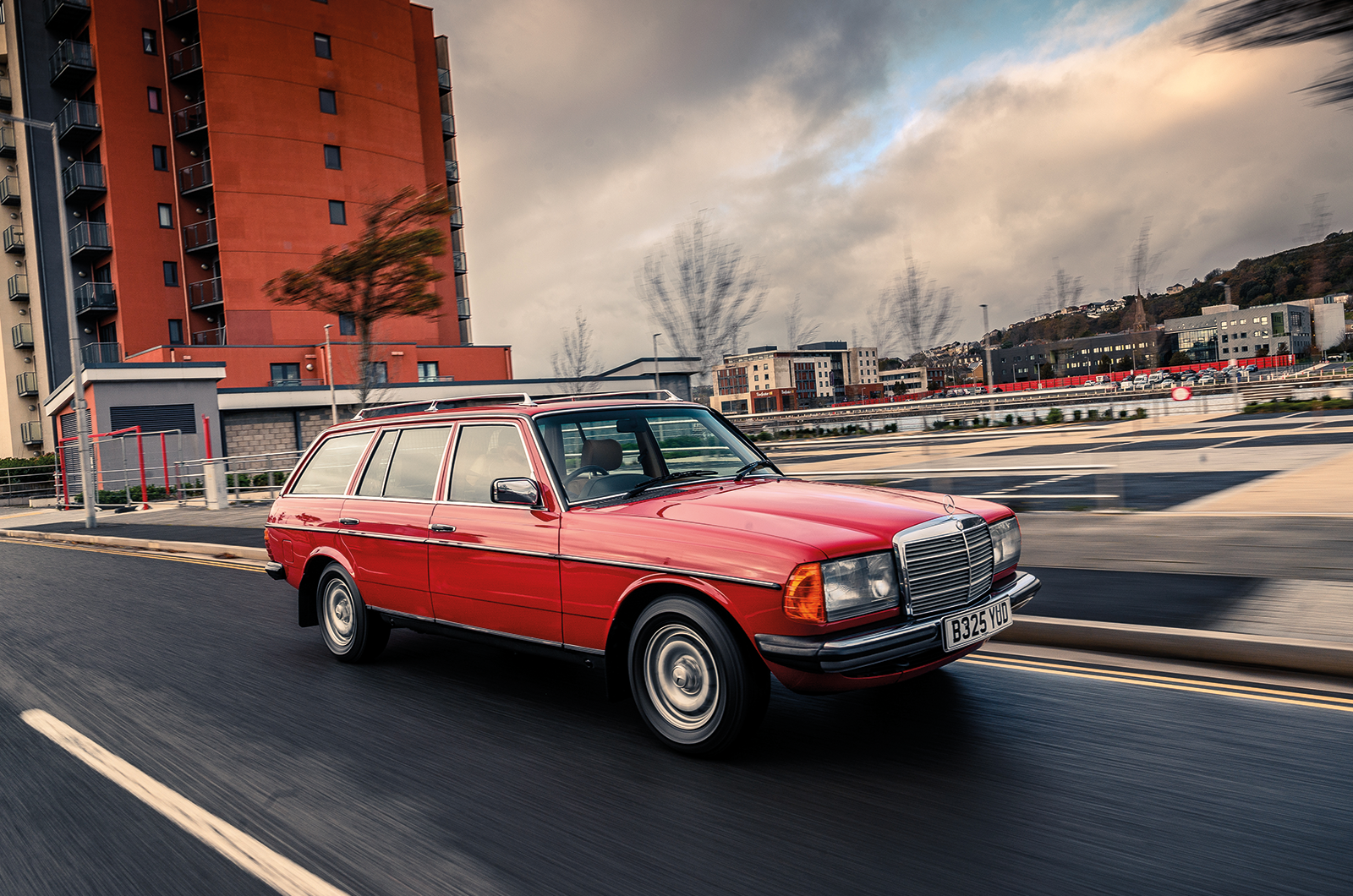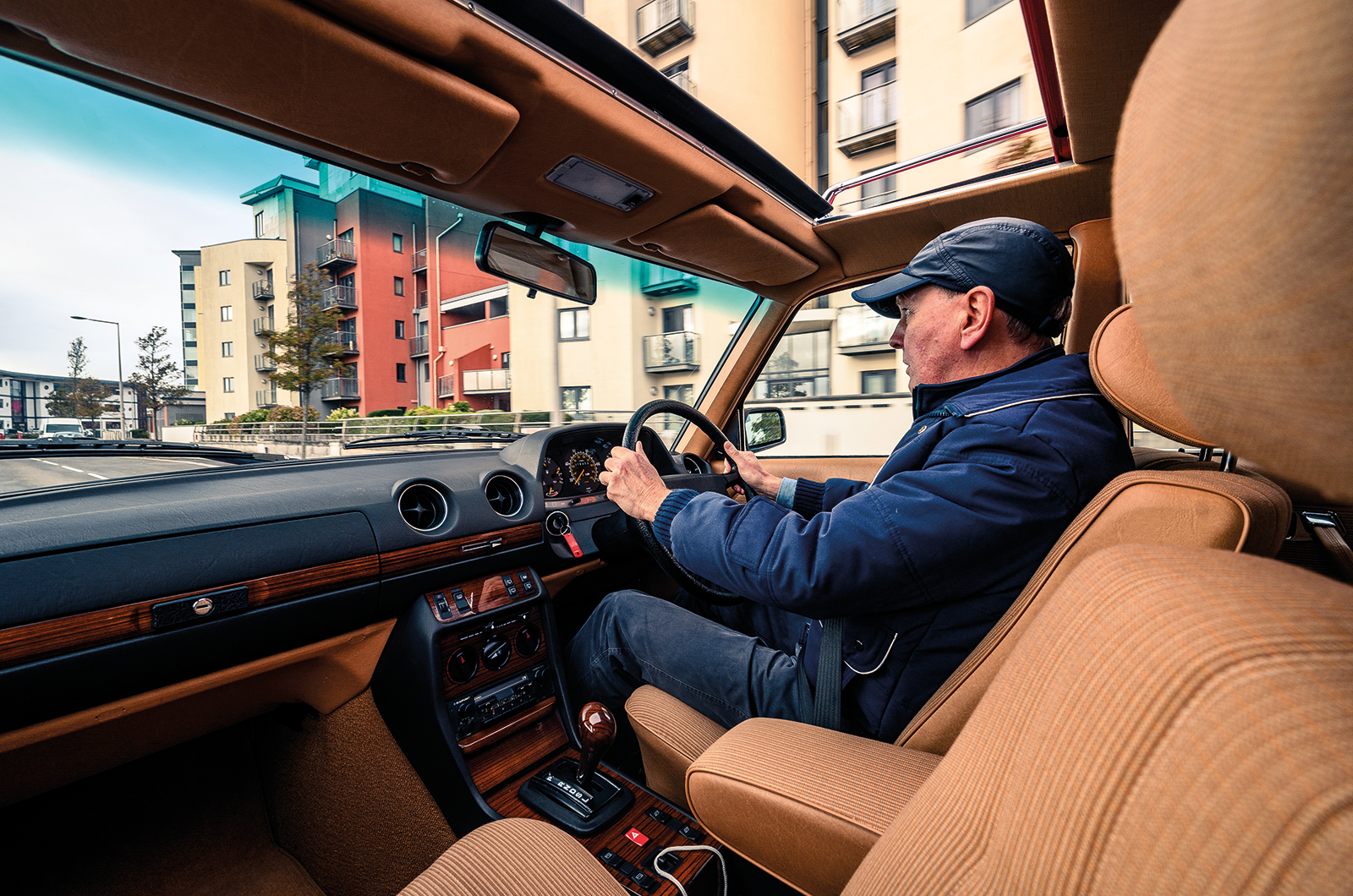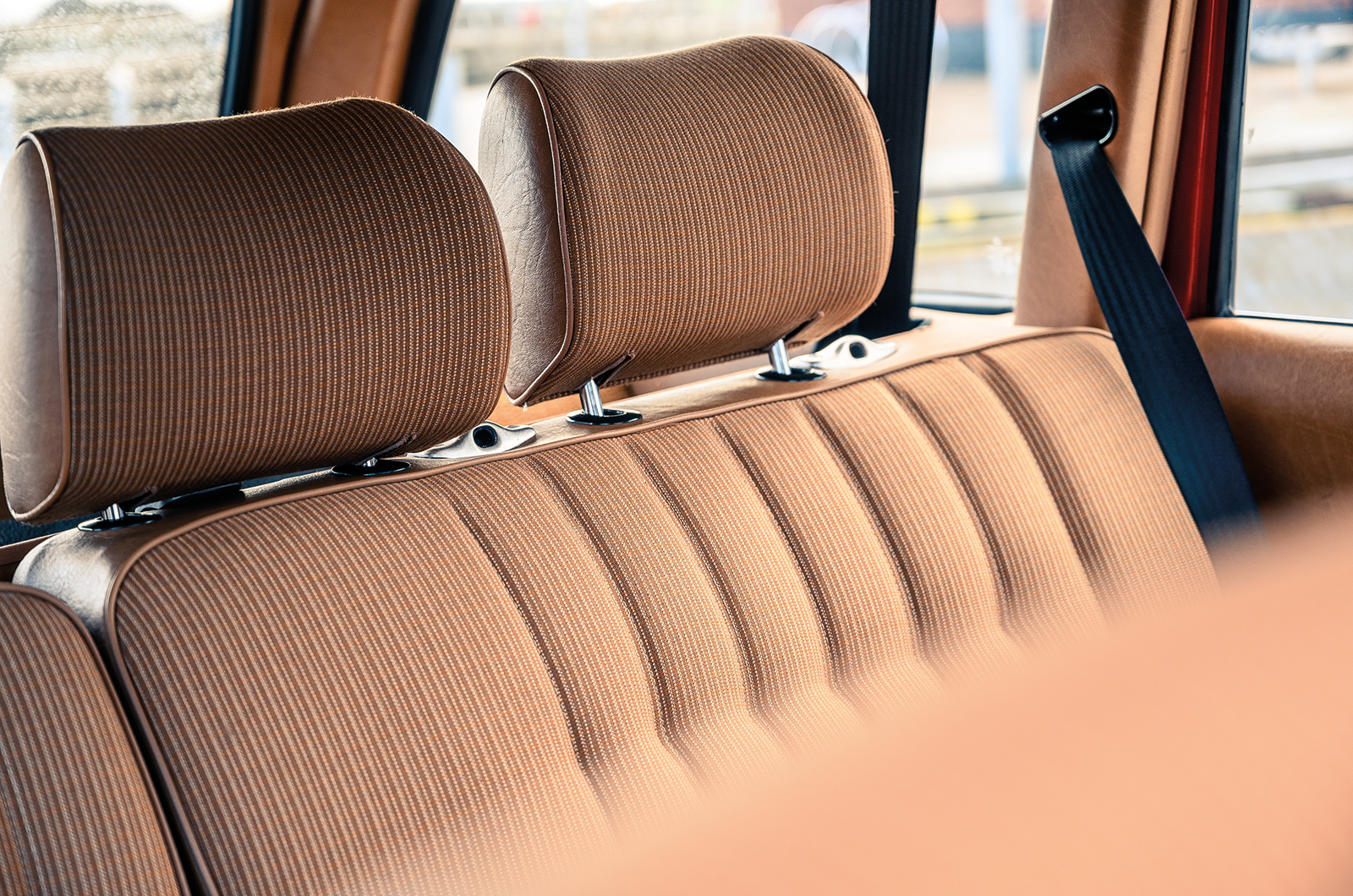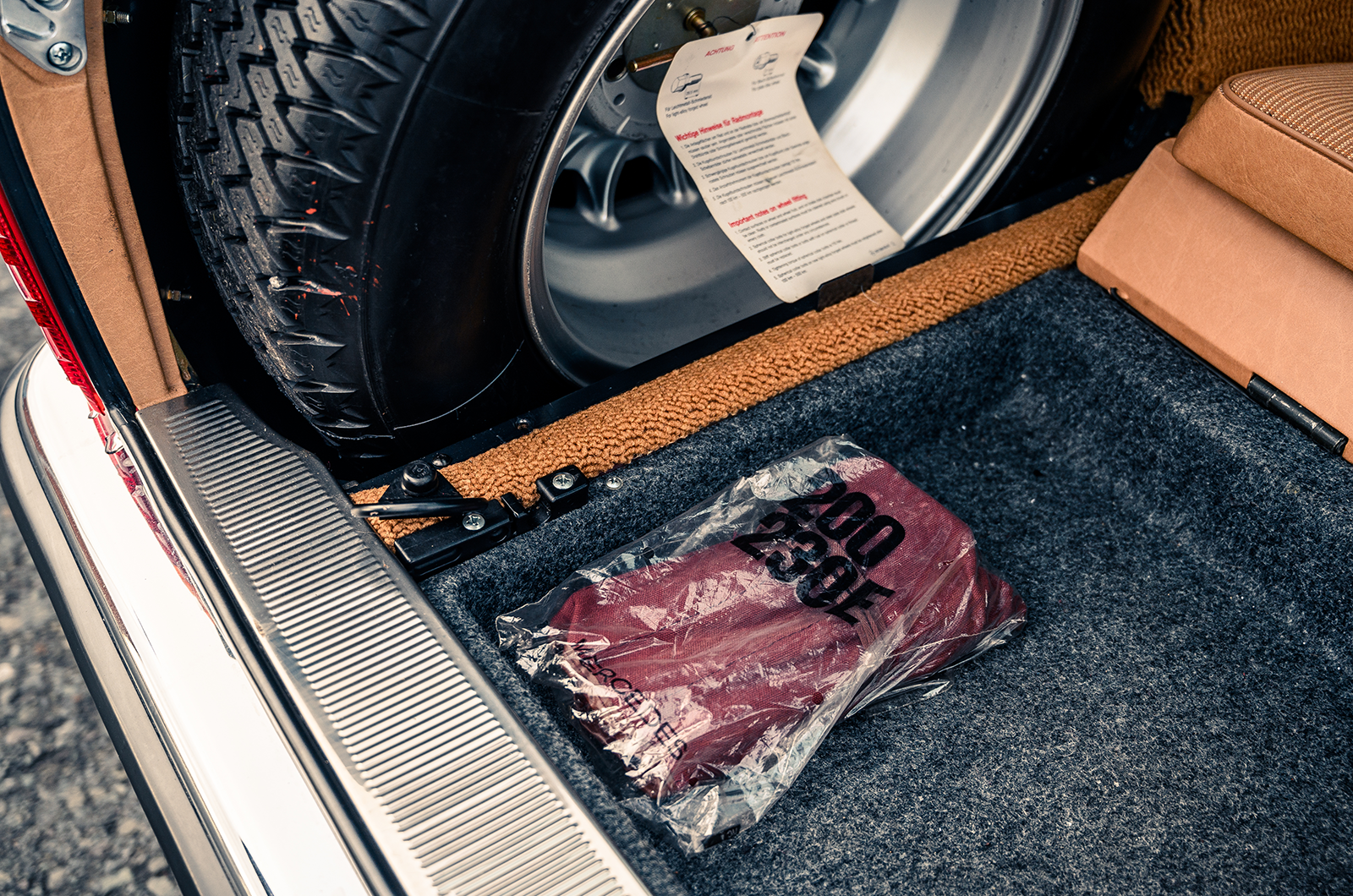
It took Mercedes-Benz a long time to get over its inherent suspicion of the estate-car market.
The attitude had its roots in the local feeling towards the kombi, which in West Germany tended to be a Ford, an Opel or a VW driven by tradesmen who needed to carry tools or samples.
What was seen in the UK as a car for wealthy private individuals who needed a prestigious dual-purpose vehicle was nothing more than a posh van in Germany.
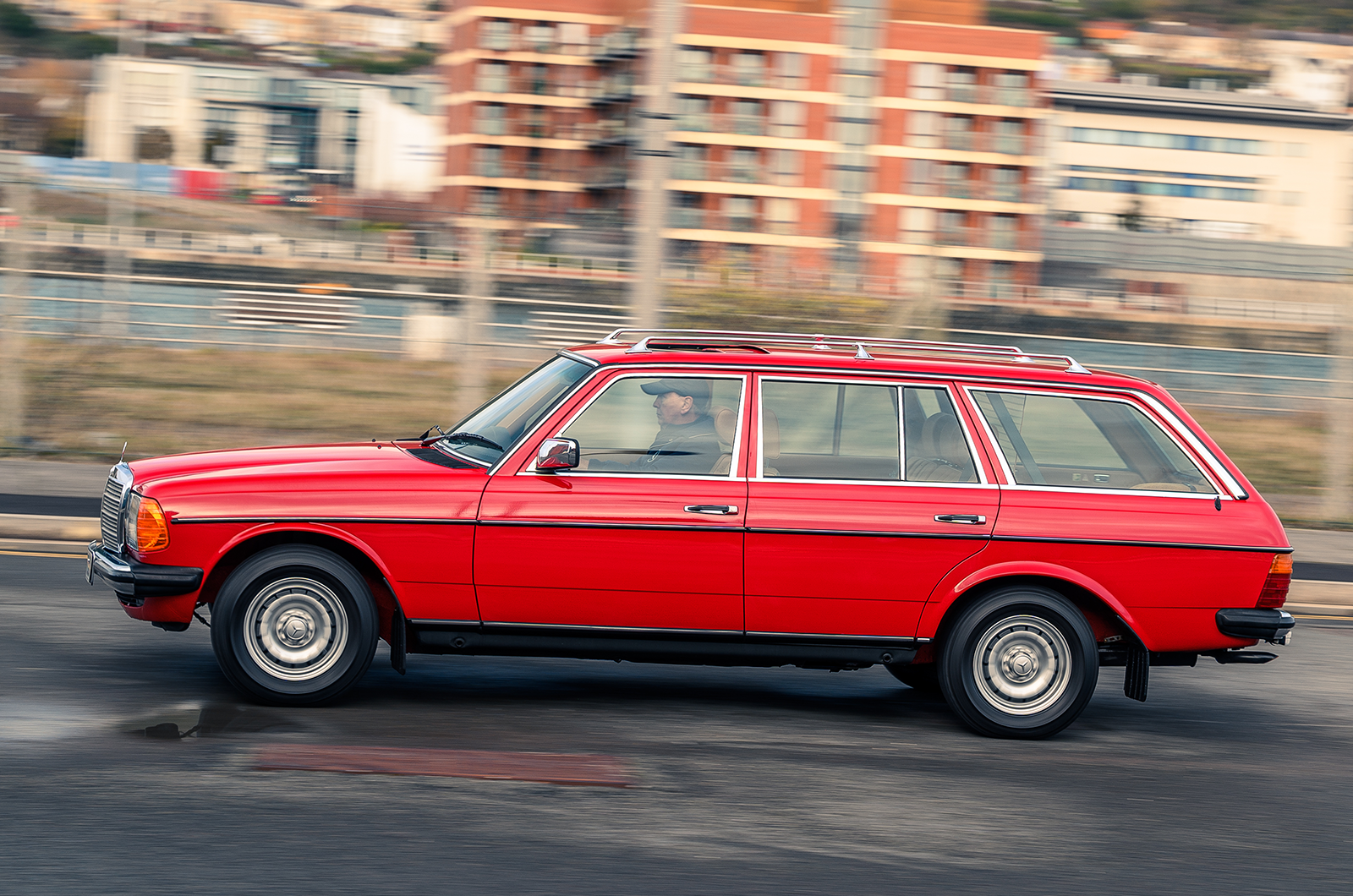
Notwithstanding the fact that hundreds of thousands of Mercedes cars earned their living as taxi-cabs, Daimler-Benz AG felt it had an upmarket image to protect.
The limited success of the ‘Fintail’ Universal and W114 station wagons (built by firms outside of the Mercedes empire with DBAG’s permission) had proven that there was an appetite for a five-door Benz.
As the 1960s turned into the ’70s there was increasing evidence that the market for large estate cars was growing in Europe, with strong sales for Peugeot and Citroën.
Even in West Germany the market increased from 4000 sales a year to 21,000 between 1973 and 1977. In other words, it was a sector that Mercedes-Benz could no longer ignore.
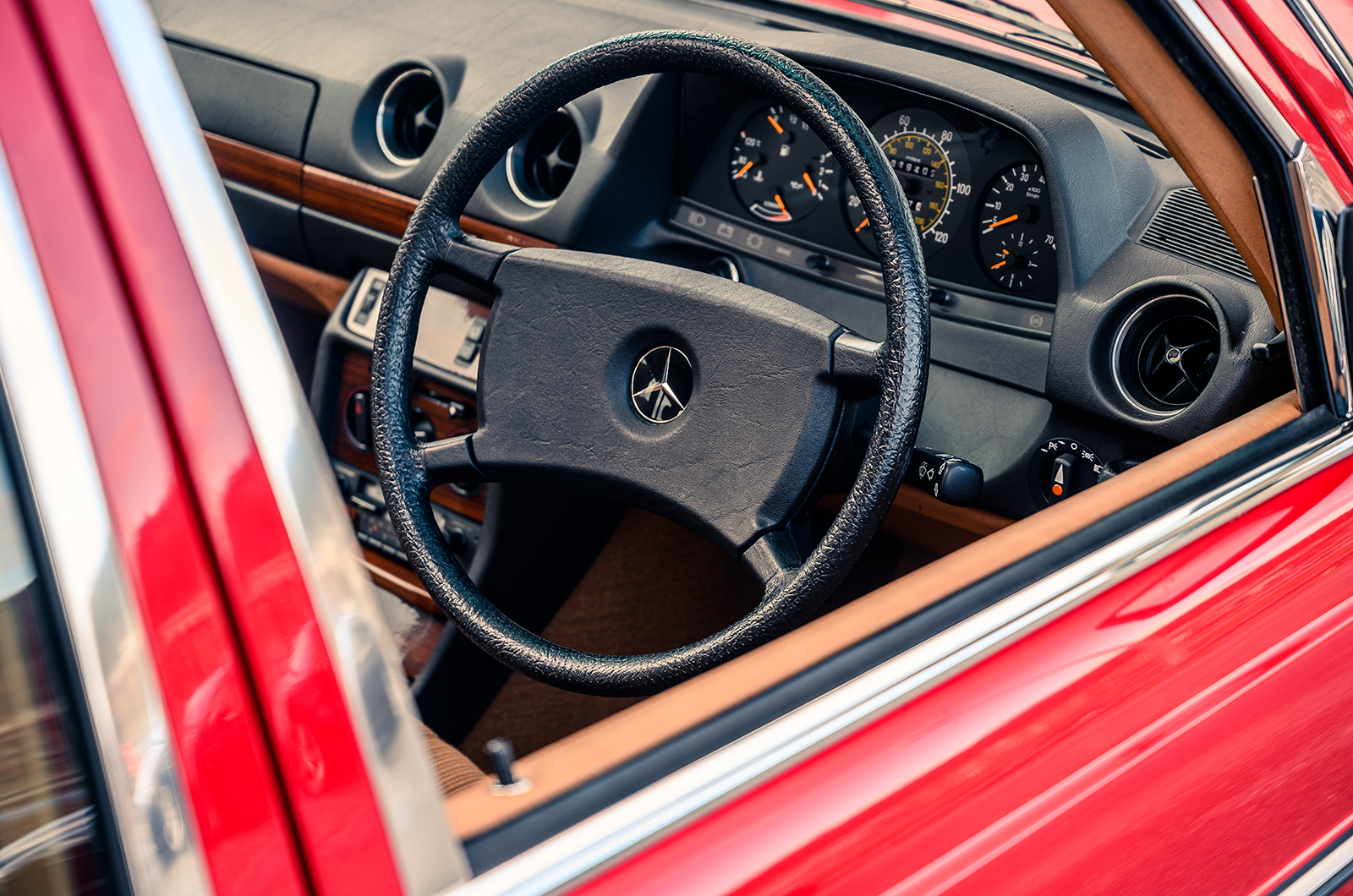
What the likes of Binz and Crayford could produce on its behalf the mighty DBAG could better do itself with a fully engineered factory product.

